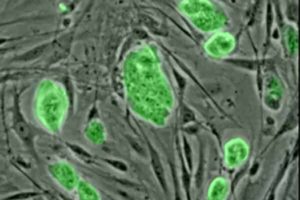tooth
Does fluoride really fight cavities by ‘the skin of the teeth’?
In a study that the authors describe as lending credence to the idiom, “by the skin of your teeth,” scientists are reporting that the protective shield fluoride forms on teeth is up to 100 times thinner than previously believed. It raises questions …
Fighting the fight for healthy teeth
It is known that teeth can protect themselves, to some extent, from attack by bacteria but that inflammation within a tooth can be damaging and, in extreme cases, lead to abscess or death of the tooth. New research published in BioMed Central’s open…
Does fluoride really fight cavities by ‘the skin of the teeth?’
In a study that the authors describe as lending credence to the idiom, “by the skin of your teeth,” scientists are reporting that the protective shield fluoride forms on teeth is up to 100 times thinner than previously believed. It raises questions …
Asthma and cavities both common in kids but not linked
INDIANAPOLIS — There is no apparent link between asthma and tooth decay, according to a study published in the September 2010 issue of the Journal of the American Dental Association.
“Is There a Relationship between Asthma and Dental Caries?…
A smart use for wisdom teeth: Making stem cells
For most people, wisdom teeth are not much more than an annoyance that eventually needs to be removed. However, a new study appearing in the September 17 Journal of Biological Chemistry shows that wisdom teeth contain a valuable reservoir of…
Dinosaur cannibal unearthed in Madagascar
The exotic island of Madagascar, situated off the southeast coast of Africa, was a dangerous place to live 65 million to 70 million years ago. Crocodiles swarmed in the rivers, and a 30-foot-long, meat-eating dinosaur named Majungatholus atopus stalked the plains. Like most carnivorous dinosaurs, Majungatholus had teeth perfectly suited for ripping into flesh. But what was on the menu? Until now, this question has remained a mystery. In a report published in the April 3 issue of the Journal Nature, Raymond Rogers, a geologist from Macalester College in St. Paul, Minnesota, along with colleagues David Krause of the State University of New York at Stony Brook and Kristina Curry Rogers of the Science Museum of Minnesota, provide an answer. Majungatholus was a cannibal–it regularly dined upon members of its own species. It also fed upon the remains of other dinosaurs, including gigantic long-necked sauropods called titanosaurs.

